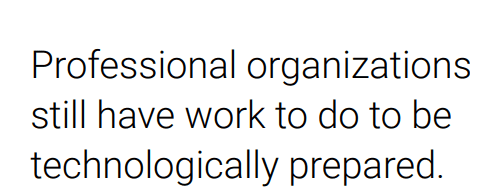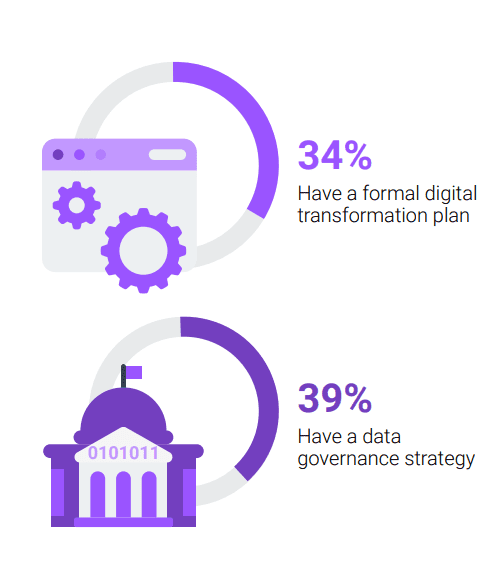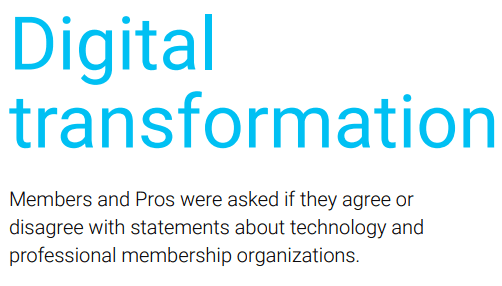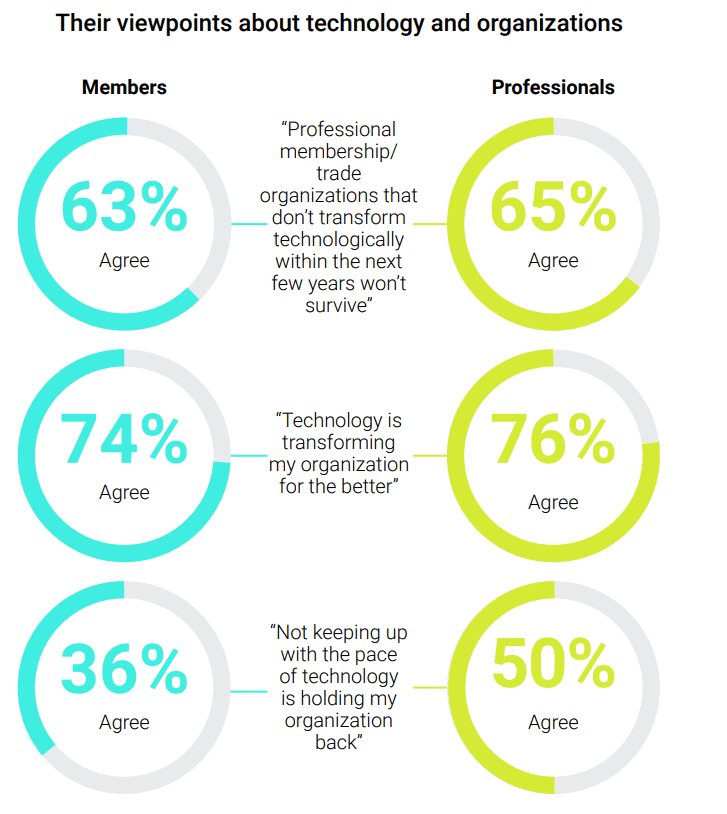How can your association grow? Put one of your most powerful tools to work: data.
It’s all in the numbers! That’s right, we are going to talk about numbers and data. I know what you might be thinking: that data is challenging and hard to understand but data can be fun, interesting, and insightful for your association. To become a data driven organization you need to collect, manage, and analyze your data. Once you have done these things it’s important to put the data to good use! Empower your association to change something that is not working if the data points to that direction. Keep going with a process if the data gives you the green light. Utilizing the findings the data provides for your association can be transformative.
Having a digital plan for your association is so valuable, especially when you sit down to plan yearly goals and set your marketing plan. You must ask yourself how technology can achieve these goals and take your association to the next level. – which is highlighted in the 2022 Association Trends Study by Community Brands. The statistics below from association professionals is great insight regarding how others measure their digital, technology, and data plans.
Let’s explore three data initiatives that can start helping your association grow today.


1. Data management
Does your association have an association management software system (AMS)? How is your association tracking its members, revenue, event registrations, and volunteer committees? If you have not been utilizing an AMS, it might be time to consider upgrading your technology to include one. Not only will it help streamline your processes, but it will also track and provide data for your association.
- One of the best parts about having an AMS is receiving your data from one technology platform. This is a more reliable way to receive your association data then having it spread between multiple spreadsheets and programs.
- Depending on what technology or AMS you are using, it can be helpful to run reports to capture your data. This will allow you to compare year over year data. If your technology is capturing your membership information, then you can analyze membership numbers and calculate your association’s membership retention. You can also track registration numbers and see what conference had the highest or lowest attendance. This data might help you decide the time of year to hold your events and the venue location.
- If your association has a career center, this is also a key tool for comparing and analyzing data. You can track how many job seekers, employers, and job postings you have. Knowing this information will help you market the career center to new employers and help potential job seekers find value in your career center. When you know the impact your career center makes for your members you can utilize this data as a membership recruitment tool.
- Check out the finding on technology viewpoints from the 2022 Association Trends Study.


2. Data training
One of the most important parts of your data is the ability to share the results and interpret what it all means. This is where data trainings come in handy for your team. Make sure everyone on your team knows how to run data reports and how to read and analyze the reports.
If you run a report about your conference registrations, are you able to tell the type of registrations, the event they belong to, and other identifying information on the report? If you can’t read your data, it is not very helpful.
When it comes to your data reports, it’s also a best practice to ask your team and board members what kind of reports they want to see. If you are not offering the data requested, then you might need to update how you are entering and collecting your data. For example, if your board wants to know how many members hold a certification then you need to make sure to record certifications for all your members, so you pull reports with that information for the board.
The great thing about data reports is that you can run them anywhere and anytime. Make sure your board has all the information they need before stepping into a board meeting. This will help the board stay ahead of the reports and allow for more thoughtful and strategic sessions. If you have a career center make sure you understand how the reporting works and connects to other areas of your association. The career center can play a big role in member engagement so it’s important to understand how the career center reports job board sales, trends, performance and website traffic.
3. Data analysis
Let’s put all this new data knowledge to the test. Technology, reports, and training can provide the resources your association needs to reach yearly goals. It’s always important to have facts but most importantly to have data to back up those facts and to understand how you got there.
Steps you can start with today is make a list of things you want to analyze about your association. You will know the best questions to ask based on your organization, but some examples could be:
- Do you want to compare membership numbers based on years?
- Are you looking to understand revenue trends?
- What time of year do your members join?
- How much site traffic is your career center receiving?
The next step is to figure out what technology you have and how it can help provide this data for your organization. Data really propels your organization to the top as it provides credibility in your industry. Find the technology and tools to keep accurate and reliable data for your organization today.


